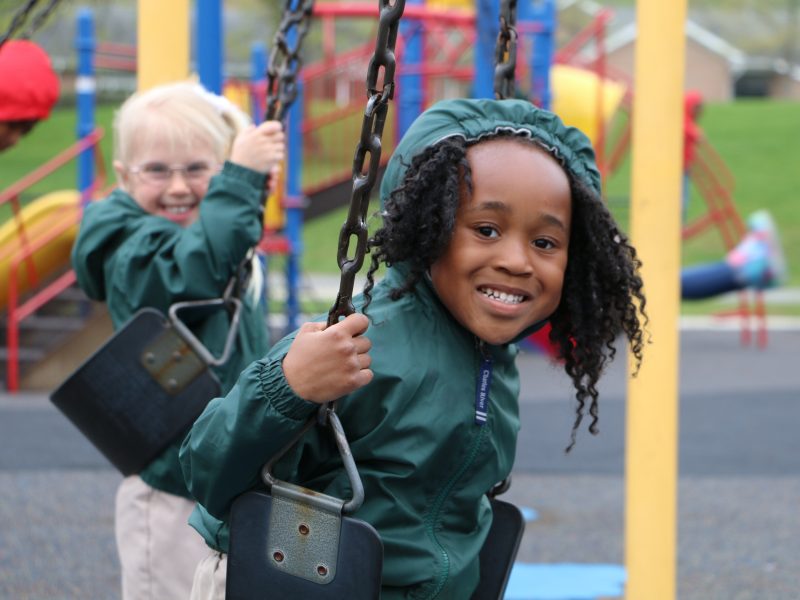How Schools Can Help Break the Cycle of Poverty: A Whole Child Approach
More than 16 million children in the United States-nearly one out of four-live below the federal poverty level with their families earning less than $23,550 annually. These low-income households face many challenges, from lacking economic resources, to little or no access to health and wellness care. Children raised in poverty often have to go without critical basics such as a well-balanced meal or reading glasses, putting them at a severe disadvantage when they enter school. At Milton Hershey School, we’ve crafted an effective model for educating the whole child.

For more than 100 years, Milton Hershey School has helped children to realize their full potential by offering a top-notch education to students in pre-kindergarten through 12th grade from income-eligible families.
The white paper, “How Schools Can Help Break the Cycle of Poverty: A Whole Child Approach” provides insight into:
- How schools can achieve classroom success for students by providing basic health and wellness resources.
- How educators, health professionals, and poverty and social justice advocates have a role to play in increasing awareness and acknowledging the specific challenges children from poverty face.
- How more research into the psychological and behavioral needs of children from poverty, especially on the effects of stress on young children, needs to be conducted to guide the development and implementation of successful school-based programs.


